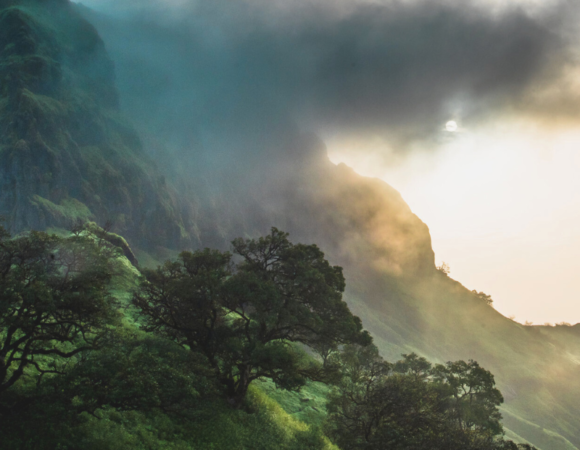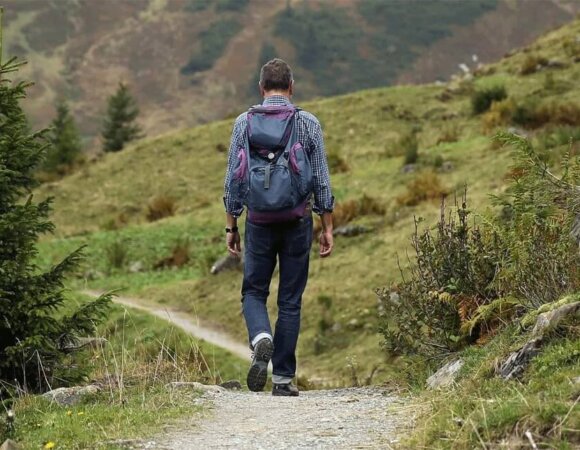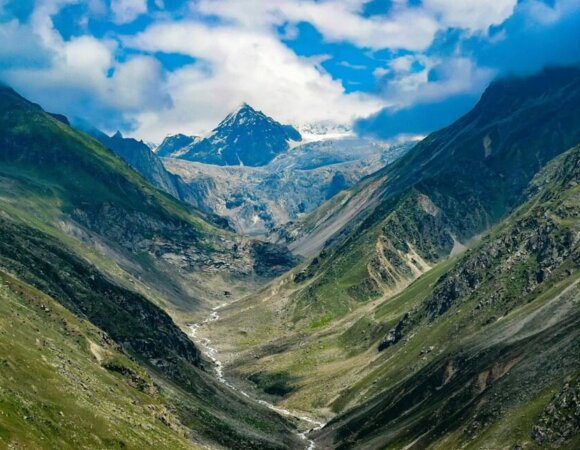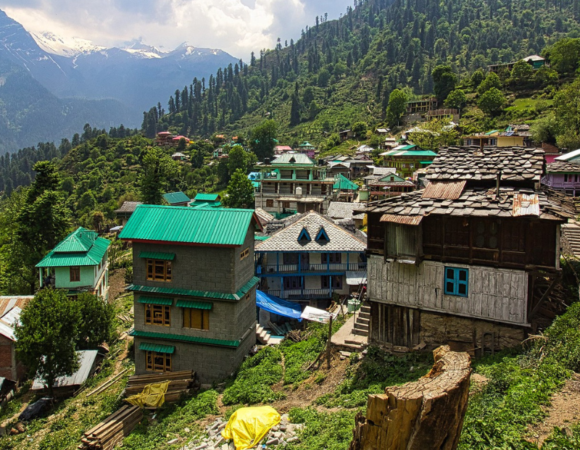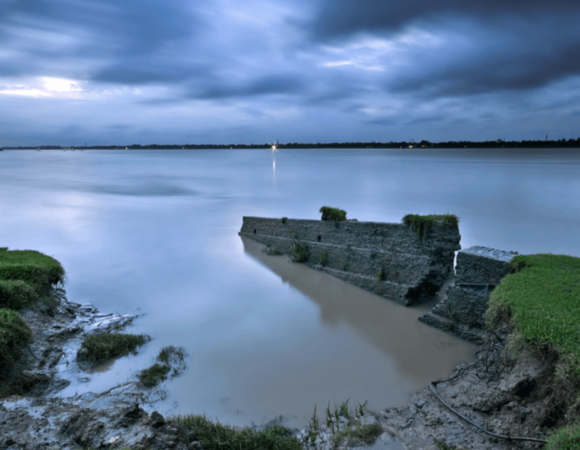A Comprehensive Guide To Advanced Mountaineering Course | Scoutripper
The Beginning of Mountaineering
Mountaineering was not started as a sport from the very beginning of time. Early attempts of mountaineering were done for the sake of survival by the people and were not done for a sense of accomplishment or for any physical benefits. It wasn’t until the 18th century, that the natural philosophers, or the scientists of those days, proceeded to travel across the Alps of Europe for scientific observations. The scientists started frequenting the area around Chamoix, France for its great glaciers on the Mont Blanc chain.
Table of Contents
Toggle
Mountaineering, as a sport, was started by a young Genevese scientist, Horace-Bénédict de Saussure who when first visited the Chamoix in 1760, decided to climb the top of the Mont Blanc or offer prize money to whoever succeeds on climbing it. After 25 years of declaring it, in 1786, this prize money was claimed by a doctor and his porter, namely, Michael Gabriel Paccard and Jacques Balamat. And a year after that incident, Saussure himself succeeded in climbing the summit of Mont Blanc. After 1850, several groups of British climbers with French, Italian, and Swiss guides, ascended one after other peaks of Switzerland.
How To Make A Career Out Of Mountaineering
There is a wide range of career opportunities in mountaineering and it is not only limited to climbing the highest peak of the mountains. As mountaineering includes several activities like hiking, walking, climbing, trekking, snow-trekking, camping, etc., one can make a living from any of these activities. A few of these options could be:
Porter: The job of a porter is to assist people who are climbing or hiking or trekking in lifting their equipment and luggage while mountaineering. This career does not require any professional requirements. The annual salary of porters is Rs. 60,000 to Rs.1,80,000 approximately.
Trekking Guide: As the name suggests, the job of a trekking guide is to guide the individuals who participate in trekking and ensure their safety. The annual salary of trekking guides can be up to 3lakhs approximately.
Climbing Guide: Similar to Trekking Guides, Climbing Guides, as the name suggests, guide people in climbing, making sure they are taking the safest way to mountains and taking care of their timely return and security. The annual income of Climbing Guides varies between 4lakhs to 5lakhs approximately.
Liaison Officer: Liaison Officers are officers that are assigned by the government to supervise the various activities of trekking, climbing, hiking, camping, etc that are organized in the states to ensure the safety of the individuals taking part in such activities.
Agency Owner: The services of trekking, hiking, climbing, etc are provided by agencies in every state. Therefore, one can aspire to become the owner of such an agency. The annual income of an agency owner could be between 5-10lakhs approximately with high chances of higher profit in the future.

There are various courses that provide the chance of making a career out of mountaineering, namely:
- Basic Mountaineering Course
- Search and Rescue Course
- Rock Climbing Course
- Method of Instruction Course
- Short Term Adventure Course
- Mountaineering Refresher Course, and
- Advanced Mountaineering Course
Objectives Of An Advanced Mountaineering Course
The Advance Mountaineering course in India aims to train the individuals to become prospective leaders and members of great expeditions, for example to the Great Himalayas, and become ‘Lead Climbers’. The objectives of Advanced Mountaineering Course is to brush up the basic mountaineering techniques; teaching individuals advanced techniques on rock, snow and ice; Planning and Executing expeditions to the Great Himalayas, teaching individuals scientific as well as technical aspects of mountaineering and related subjects. The students are asked to plan an expedition of reaching a peak above 5500 meters i.e. 18,000 feet and execute the expedition in the Garhwal Himalayas under the supervision of Instructional Staff.
Advanced Mountaineering Course Institutes
There are mainly four institutes that have been recognised early on by the IMF (Indian Mountaineering Foundation):
Nehru Institute of Mountaineering, Uttarakshi

It was set up in 1965 and was rated as one of the best mountaineering institutes in India. The aim of this institute is to introduce and promote nature and mountains to individuals through their various mountaineering and adventure courses.
Himalayan Mountaineering Institute, Darjeeling, West Bengal
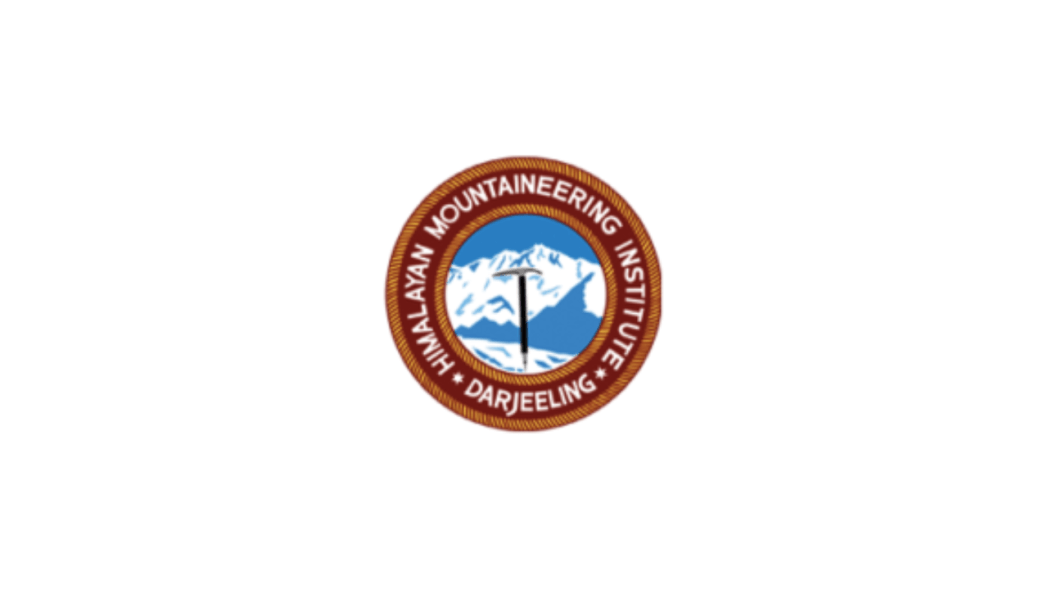
Set up in 1954, this institute is remarkable for its scenic beauty and alluring view of the Mt. Kanchenjunga where the sun rays first hit and gives a beautiful golden hue to the peak.
Atal Bihari Vajpayee Institute of Mountaineering and Allied Sports, Manali, Himachal Pradesh

It was set up in 1961 and is considered the largest sports adventure training centre with 20 acres of forested land on the banks of the river Beas, they have nine sub-centres all over the state and more than 40,000 people have been trained from this institute.
Jawaharlal Institute of Mountaineering and Winter Sports, Pahalgam, Jammu and Kashmir
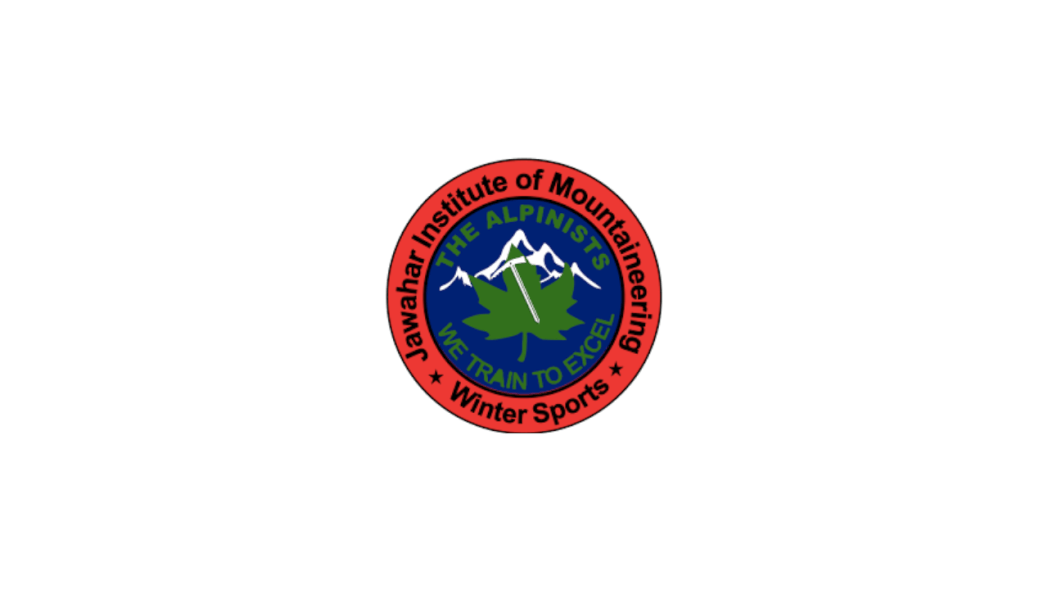
At Aru, Jammu Kashmir, it was set up in 1961 with its headquarters in Pahalgam. It now has various sub-centres Nalthi-Bhaderwah, Sanasar-Panitop-Kud, Shey (Leh) and Gulmarg.
Later, two more institutes were recognised by the IMF( Indian Mountaineering Foundation):
National Institute of Mountaineering and Allied Sports, Dirang, Arunachal Pradesh

It was established in 2013 and is operated under the supervision of the ministry of defense, Government of India and is the first institute of India to conduct land, aqua and aero sports.
Indian Institute of Skiing and Mountaineering, Gulmarg, Jammu and Kashmir

It was founded in 1969 by the Ministry of Tourism, Government of India. It was initially started as a project to promote Gulmarg ski resorts of international standard named Gulmarg Winter Sports Project.
Another institute in India provides sources for the Advanced Mountaineering Course:
Pandit Nain Singh Surveyor Mountaineering Training Institute, Munsiyari

It is a newly founded institute that is located at an altitude of 2,200 metres of Munsiyari of Pithoragarh district of Uttarakhand. It is the second most premier mountaineering institute of Uttarakhand after Nehru Institute of Mountaineering. The institute was named after the great surveyor Pandit Nain Singh who had a major role in the Great Trigonometrical Survey in the mid-nineteenth century.
How to prepare for an Advanced Mountaineering Course
There are several preparations that one needs to take care of before starting with an Advanced Mountaineering Course. Firstly, to be able to apply for an advance mountaineering course, one has to achieve A grades in the basic mountaineering course from any recognized mountaineering institute.

Other than the equipment provided by the institute, one needs to carry a number of items from home like carrying extra t-shirts, underwear, socks, even though the institute provides the facility of laundry it is always better to carry extra clothes from home in case of an emergency. The institute will provide several snacks, however, you can carry dry fruits or other dry snacks. You could also carry sachets of skincare and personal hygiene alongwith deodorant, paper soap, dettol, shampoo, conditioner, etc. It is also better to carry several kinds of hydration packs, ORS, high quality trekking shoes, power bank, napkins, tissues and several kinds of necessary medicines.
For physical preparation for the advanced mountaineering course, one should already be a basic mountaineer through learning the basic mountaineering techniques from attending the basic mountaineering course and should be so well prepared physically, that they could be called an athlete. From regularly going to the gym to train as a mountaineer to running with heavy weights on the body and carrying a heavy backpack while training on the treadmill. Since it is not a weight-loss programme you are signing for, it is best to let your gym trainer know your goals in advance. It is better to prepare your body atleast several months prior to joining the course.
Mountaineering Course Duration in India
Most mountaineering courses in India last for 28days. Although it depends on the institute, the length of the mountaineering course usually lasts between 24-28days. The program is designed to teach individuals advanced mountaineering techniques along with a chance to plan and execute an expedition to the Great Himalayas.
The general schedule at the HIM (Himalayan Mountaineering Institute) is of 28 days where they learn advanced training and experience of an expedition as well as various techniques of rescue operations and spend 21 days in the mountains for achieving higher skills. The scheduled advanced courses at the HIM are conducted during the months of March, May and September every year.
Prerequisites of the Advanced Mountaineering Course

To be eligible to apply in the institutes for an Advanced Mountaineering Course, one should be between the age of 18years-42years. They should be in a good physical condition with no major surgeries or heart injuries. Because of the heavy training that one will go through under the supervision of the instructors, it is important to have a healthy heart to be able to handle all the cardio. It is also required to have good muscle stamina for the extreme exercises, climbing and 5-8km track running which is why age is an important factor.
Read more: Mountaineering Course Complete Guide: Things to Know, How to Enroll, Courses, Institutes & FAQs
Required Equipment for Advanced Mountaineering Course
The equipment for mountaineering is provided by the institutes for the Advanced Mountaineering Course. The equipment provided by the institutes include bag packs, snow boots, mountaineering boots, sleeping bags, water bottle, feather jacket, etc. and necessary outfits for mountaineering. Other than the equipment provided by the institute there are other clothings that would keep one safe and secure while mountaineering and rock-climbing.
Other tools that are required for mountaineering like ropes, carabiner which is a metal ring latched onto an anchor through which a rope can easily be drawn, artificial anchor, belay device, crevasse rescue equipment, mountaineering gloves, ice axes, pulley, knife, avalanche transceiver, and other materials which are useful in building fire.
All equipments are required to be returned to the institute at the end of the course.
Course Structure of Advanced Mountaineering Course (AMC)
The course structure of Advanced Mountaineering Course at every institute lasts for around 28days. The following is the course structure of an Advanced Mountaineering course at the Nehru Institute of Mountaineering (NIM):
Day 01:
Arrival, Reception and directions about Course.
Day 02
NIM Physical Conditioning, Distribution of Ropes, Adm talk, Opening Address, Tea with Staff, Visit to NIM Campus, Equipment Issue , Medical Inspection, Deposition of money & Valuables, Visit to NIM Souvenirs & Museum, Revision of care I & II, Revision of Rope Knot (Machard & Valdotain), Lecture on Expedition Planning- Part-I & II, Briefing for First Outing, Revision of Map reading, Training Film, Games Library and Own Time Work.
Day 03 – 08
TRAINING AREA TEKHLA (HEIGHT- 4, 200 FT, TIME – 02 HRS) (LECTURE/ DEMONSTRATION AND PRACTICE)
Cleaning/Layout of Hostel, Trek to Tekhla, Cooling Down Exercise, Revision of Basic hiking , Long Pitches Climbing, Anchoring Belaying, Fixed Rope, Use of Riverso & Stance Management, Aid Climbing, Rappelling, Jummaring and Climbing with Valdotain and Machard Knots. Revision of Rock Terminology, Camp Hygiene & Sanitation, GPS, Direct Aid Climbing, Making of Improvised Harness, Use of Expansion Bolts, Counseling, Return to NIM by Bus, Games and Library and Own Time Work.
Day 09
NIM Sports Climbing (Indoor & Outdoor) & Jummaring on sports wall, Equipment Exchange , Fitting of Crampons, Lecture on Acclimatization, Library and Expedition Planning.
Day 10
RIVER BANK (MOUNTAIN STREAM CROSSING)
Cleaning/Layout of Hostel, Physical Training, Preparation for Stream Crossing, Move to River Bank by bus, Mountain Stream Crossing, Return to NIM by bus, Briefing for Move to Mountain, Games, Return of Library books, Preparation for move to Mountain.
Day 11
TEL CAMP (HEIGHT-8, 200 FT TIME- 4 Hrs)
Cleaning/Layout of Hostel, Loading of Rucksack on the bus, Visit to NIM Temple, Move to Bhuki by bus, Trek to Tel camp, Establishment of camp, Jummaring with Valdotain, Counseling and Own Time Work
Day 12
GUJJAR HUT (HEIGHT 11, 150 FT, TIME-7 HRS)
Trek to Gujjar Hut, Establishment of camp and Visit to Khera Tal for acclimatization walk.
Day 13
BASE CAMP (HEIGHT- 12,300 FT, TIME- 02 HRS)
Trek to Base Camp, Establishment of Camp, Fitting of Crampons/Gaiters, Expedition Planning and Training Film.
Day 14
BASE CAMP Physical Training, Revision of Basic Techniques of Ice craft, Anchoring, Belaying, Fixing of Ropes, Revision of Lectures on Medical Aspects/High Altitude Disease, Checking of Tent-age and Equipment, Counseling, Expedition Planning and Map Reading.
Day 15
ADVANCE BASE CAMP (HEIGHT- 13,600 FT, TIME -03 HRS)
Load Ferry to Advance Base Camp, Return to Base Camp and Practice on Map Reading/GPS.
Day 16-17
ADVANCE BASE CAMP (LECTURE/ DEMONSTRATION AND PRACTICE)
Trek to Advance Base Camp, Establishment of Camp, Tip Toe Climbing, Direct Aid Climbing on Ice Wall, Two Piton Climbing, Revision of Lecture on Avalanche, High Altitude Cooking, Revision of Medical Lectures and Expedition Planning.
Day 18
SNOW CRAFT
Revision of Snow Craft, Self Arrest, Team Arrest, Glissading, Rope Travel, Ascending, Descending and Route Open, Counseling and Revision of Mountain Terminology.
Day 19
CAMP-I (HEIGHT-15,800 FT, TIME- 04 HRS)
Opening of Route, Load Ferry to Camp –I, Return to ABC and Expedition Planning.
Day 20
Trek to Camp-I and Establishment of Camp.
Day 21
HEIGHT GAIN Opening of Route and Return to Camp-I.
Day 22
BASE CAMP: Trek to Base Camp, Establishment of Camp, Equipment Maintenance , preparation for Quiz Test/ Feedback, Navigation Exercise, and Expedition Planning Project.
Day 23
QUIZ TEST, FEEDBACK AND NAVIGATION EXERCISE.
Day 24
Trek to Tel Camp, Establishment of Camp and Rehearsal of Graduation Ceremony.
Day 25
NIM Trek to Bhuki Road Head, Move to NIM Bus, Equipment maintenance , Collection of money & Valuables, Visit to Local place of Interest by Bus, Expedition Planning and Own Time Work.
Day 26-27
NIM: Equipment return , Rehearsal of Graduation Ceremony/Group Photograph, Visit to NIM Souvenirs. Submission of Expedition Planning Project, Games/Library, Principal’s Interview, Principal’s De-briefing, Issue of NIM Jersey, Graduation Ceremony, Group Photograph, Tea with Chief Guest, Return of NIM Jersey, Time Work.
Day 28
Dispersal After morning Tea.
Read more: A Comprehensive Guide to Basic Mountaineering Course
Final Thoughts
The UIAA / Union Internationale des Associations d’Alpinisme (The International Climbing and Mountaineering Federation) is the current world governing body in mountaineering and climbing. It promotes the growth of mountaineering by preserving their spirit and traditions, advancing safe and ethical mountain practices, promoting responsible access, culture and environmental protection, and supporting youth participation and the Olympic movement.
Mountaineering is not only a sport that gives physical satisfaction and has health benefits but it is also the most mentally rewarding sport because one has to put personal efforts to reach the peak and in the way they discover their strengths, weaknesses, endurance and learn tons of survival skills.
Frequently Asked Questions (FAQs) for Advanced Mountaineering Courses Guide
What is an Advanced Mountaineering Course?
Advanced Mountaineering Course is a mountaineering course which can be attended by individuals who have passed the Basic Mountaineering Course with ‘A’ grades. It aims to train individuals to become great leaders who can participate in expeditions like the Great Himalayas.
What comes after the Advanced Mountaineering Course?
After finishing the Advanced Mountaineering Course with a high grade, the trainee can participate in the Method of Instruction Course or the Search and Rescue Course.
What is the fees for an Advanced Mountaineering Course?
The Advanced Mountaineering Course costs around Rs.12,600 to Rs.18,000.
What is the eligibility for an Advanced Mountaineering Course?
To be able to apply for the Advanced Mountaineering Course one has to achieve ‘A’ grades in the Basic Mountaineering Course and should be between 18-42years of age and in good health with no major injuries or heart surgeries.
What are the four types of Mountaineering Courses?
The four types of Mountaineering course are: 1. Basic Mountaineering Course 2. Advanced Mountaineering Course 3. Method of Instruction and, 4. Search and Rescue
What is the duration of an Advanced Mountaineering Course?
The course structure of an Advanced Mountaineering Course lasts for 28 days.
Which institute is best for an Advanced Mountaineering Course?
Nehru Institute of Mountaineering is one of the most prestigious institutes of mountaineering in all over Asia.
How many mountaineering institutes are there in India?
There are currently six institutes that are recognized by the IMF( Indian Mountaineering Foundation), namely, 1. Himalayan Mountaineering Institute(HMI), 2. Nehru Institute of Mountaineering(NIM), 3. Jawahar Institute of Mountaineering Pahalgam, 4. National Institute of Mountaineering and Allied Sports (NIMAS), 5. Indian Institute of Skiing and Mountaineering, and 6. Atal Bihari Vajpayee Institute of Mountaineering and Allied Sports.
What do they teach in Advanced Mountaineering Course?
In Advanced Mountaineering Course, individuals are revised the basic mountaineering techniques and are taught several advanced mountaineering techniques along with first-aid and are asked to plan and execute expeditions.
Is the course fee for an Advanced Mountaineering Course same for an Indian and a foreigner at Atal Bihari Vajpayee Institute of Mountaineering and Allied Sports?
No, the fees structure for an Indian native is Rs. 18,480 and that of a foreigner is Rs. 61,600.
How do mountaineers earn money?
Other than going on expeditions alone or in a team, most mountaineers tend to start their own guiding or climbing businesses which earn approximately 5lacs to 15lacs per annum on average.

